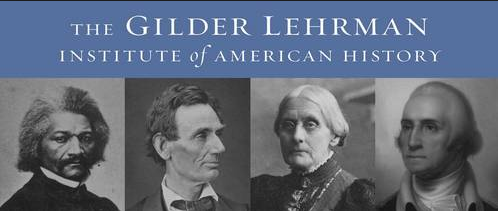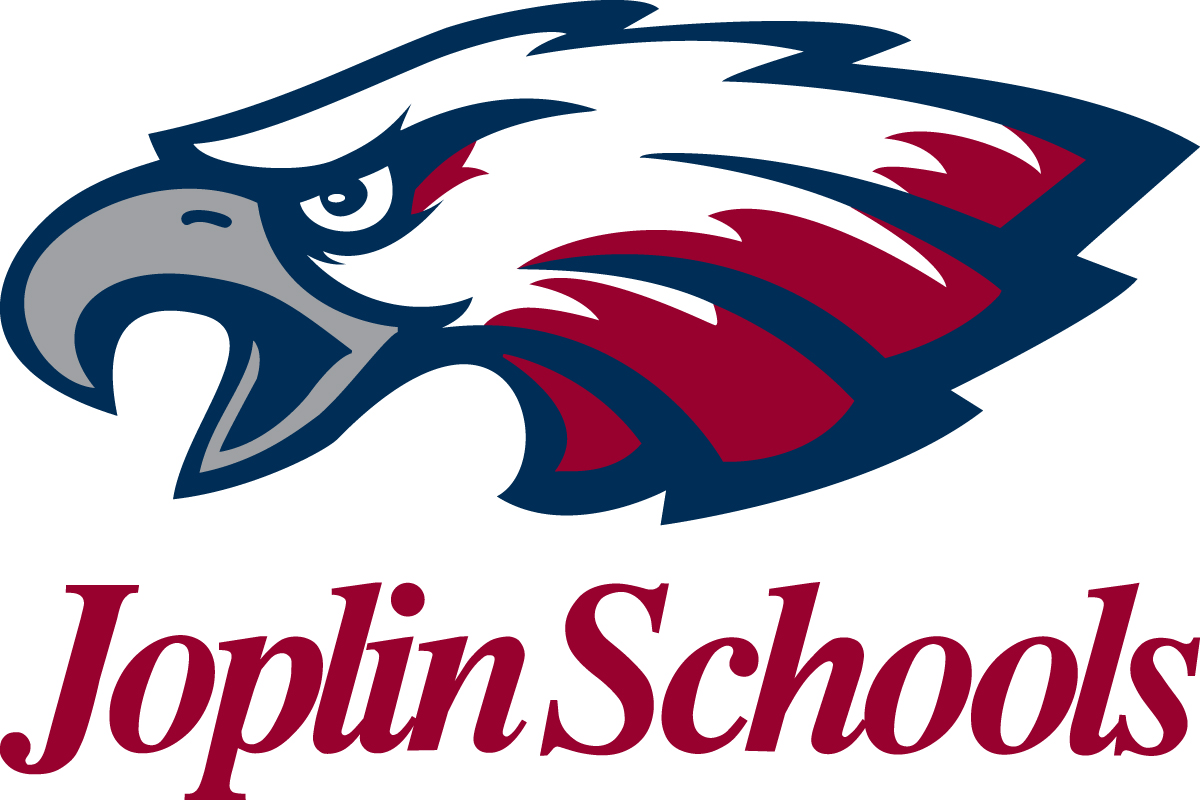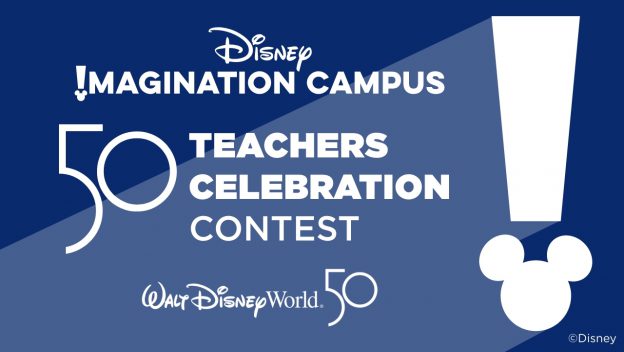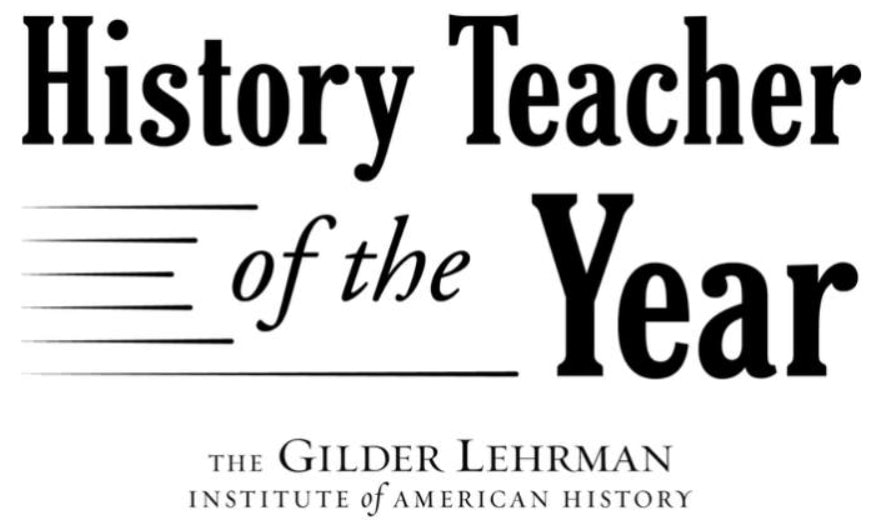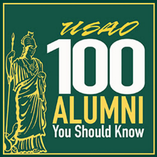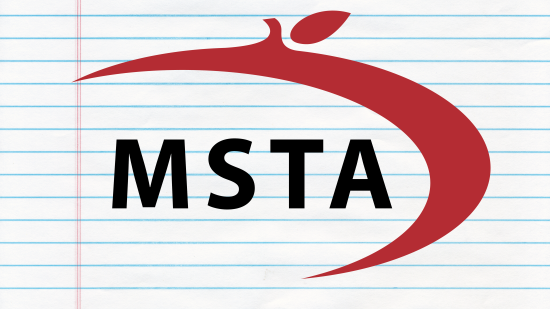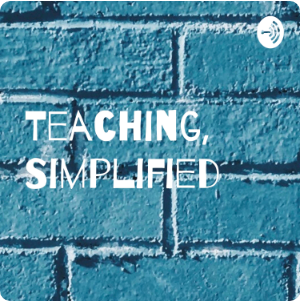
Really, I do.
I learned to read early, and I learned to read well. I do not remember how I learned it, but I learned it. When my parents played Rook or Bridge with their friends, I often found myself being called into the dining room to read out loud. I read fluently with feeling, but I never struggled with the process.
What's more is that I enjoyed reading. When mom worked at the YMCA, we would take side trips to the public library, next door, to check out a dozen books a week. In the first grade, I charted 480 books, still taking second place behind my academic nemesis, Jim Bill (who read 518).
Yes, I still remember the numbers.
I also remember adults having conversations about the importance of reading - how students must read in every subject.
I get it! I really do. Kids need to learn how to read.
But as a veteran teacher entering my 27th year in the profession, I also understand the dangers of literacy paralysis. If you've not heard that term, it's because I just made it up; I hope it catches on. To get a clear picture of literacy paralysis imagine a deer in the headlights of a car on a remote, two-lane. Said deer becomes paralyzed in the bright lights, standing numbly and and stiffly with no intention of moving.
I know that happens with children, as well. We cast our literacy lights on them, pounding them with comprehension instruction, small group mini-lessons, guided reading, reading logs, and programs that intend to turn their deficiencies around (180 degrees). We take them out to give them instruction in a smaller classroom, and we push extra teachers into the regular classroom to give them more personal attention.
We host literacy nights, we invite special guests into our rooms to read to the class, and we design cutesy bulletin boards (all stolen from Pinterest boards). He work with our students to identify theme, text structure, main ideas, supporting details, figurative language, and every aspect of both fiction and nonfiction.
In short, we drown those poor kids in literacy. No wonder they stare at us and still read less than 100 words a minute (let alone understand what they are reading).
Why exactly do we do that? When kids are drowning in water, we don't throw more water in the pool, do we?
And while we're at it, why do we - the experts in our classrooms - buy in so easily to what George Lucas and Bill Gates want us to do. If those two had their ways, every class would be the same. We need to understand the difference between research and a response to research. Especially in the area of literacy.
I just finished an invitation-only viewing of a documentary entitled Most Likely to Succeed, in which two ends of the educational spectrum were laid bare. On one end, the 100+ year industrial model of schools was shown to routinely fit our students and teachers in boxes where they were controlled by bells and by which end of the hall they were on. Every day was the same. Every teacher taught his/her subject in isolation of all other subjects.
And students lost their spirits.
On the other end of the spectrum, teachers facilitated classes in which students were allowed to collaborate, plan, build, and display projects. Shy students found their voices. Confident students were permitted to make mistakes, miss deadlines, and learn to do better the next time.
And then I read an Edutopia article about all the things teachers do wrong in teaching literacy, written of course by a know-it-all university professor and self-proclaimed literacy expert. In this article, unlike the Most Likely to Succeed documentary, there were no solutions offered - only criticism of past practices.
Both sources challenge the status quo, but only one - the documentary - attempts to improve upon things. Instead of turning every classroom into a small-literacy-groups-and-learning-centers model, Most Likely to Succeed focuses on a school that trusts teachers with full autonomy (total freedom and no standardized instruction or assessments). In this school subjects were interwoven and as a result learning was vibrant, engaging, and interesting. The soft skills (I really dislike that term.) of communication and respect were nurtured. Schedules were thrown out the window in order to allow students the freedom to explore and learn with fidelity.
On one hand, Edutopia believes every student must learn the same things in the same ways, while the documentarians lean more toward autonomy and professionalism. Edutopia appears bent on reducing students to data points and number crunching, while Most Likely to Succeed builds on relationships and responsibilities.
The comparison is correctly described by one of the experts in the documentary:
"Education is a complex human system. It's about people. And people are natural creatures; we are organic creatures. You know, we grow, and we evolve, and we change. And if you have an industrial metaphor in your head, then you're led into the sort of language that we now use, and that's standardization.
"And the thing is, it's much more like gardening than engineering. If you're a gardener, you don't make it grow, I mean the plant grows itself. You don't kind of attach the leaves and paint the petals and screw in the roots. I mean the thing grows itself. If you create the right conditions."
I'm not ignoring the fact that students must learn to read.
I am not denying the concept that literacy is important.
It's just that students are motivated to read more when they have a purpose outside of literacy, when they want to know something, when they are interested, when they are immersed. The vast majority are not motivated to improve their reading for the sake of improved reading skills; again, they must have a purpose outside of literacy.
Yet those greedy textbook companies and the bureaucracies that support them want us to read and subscribe to their programs down to every scripted tittle, without consideration of the teacher's professional judgment and personality, the student and teacher relationship, or the need for purpose. Do so, and you will not only waste your students time, you will suffocate their spirits.









